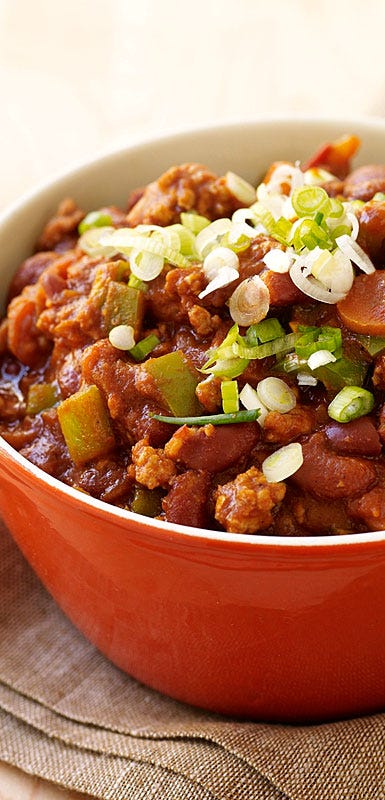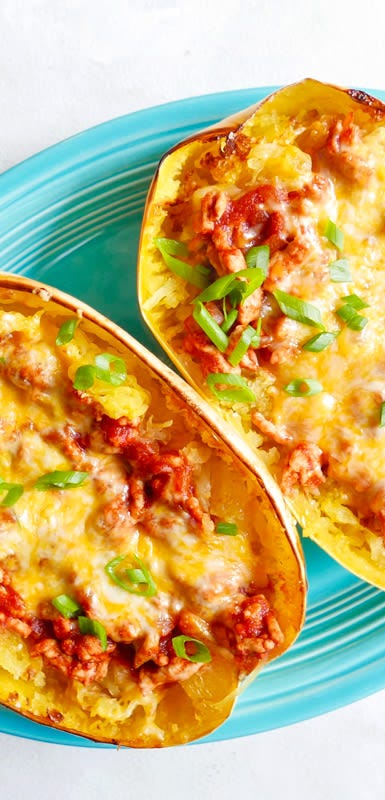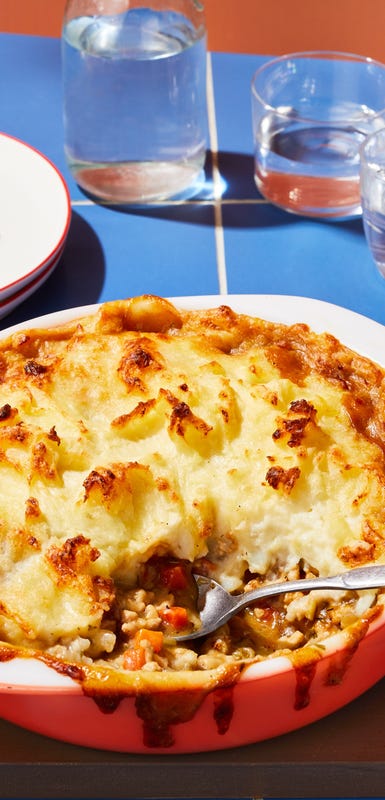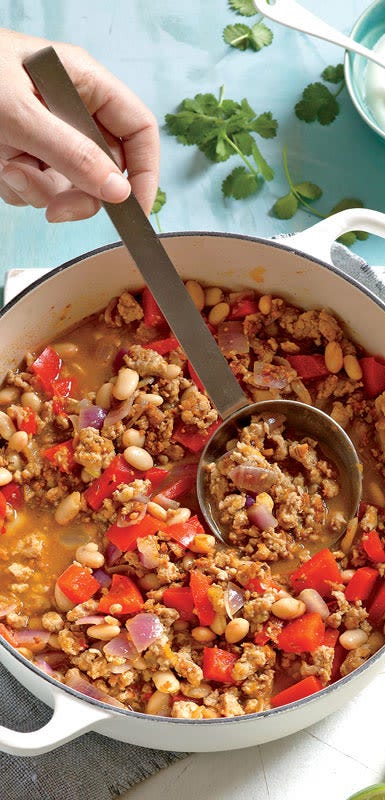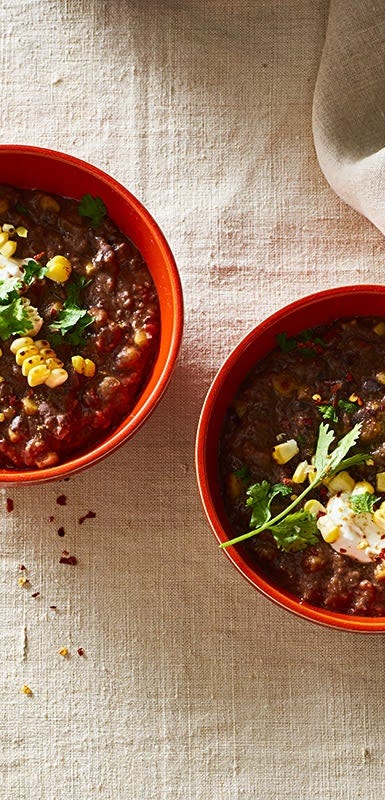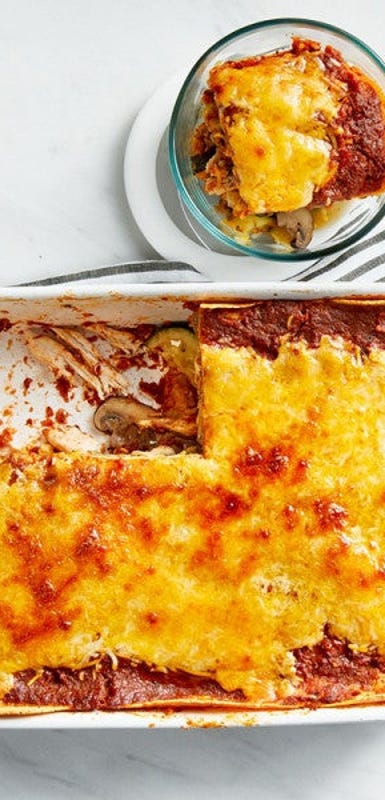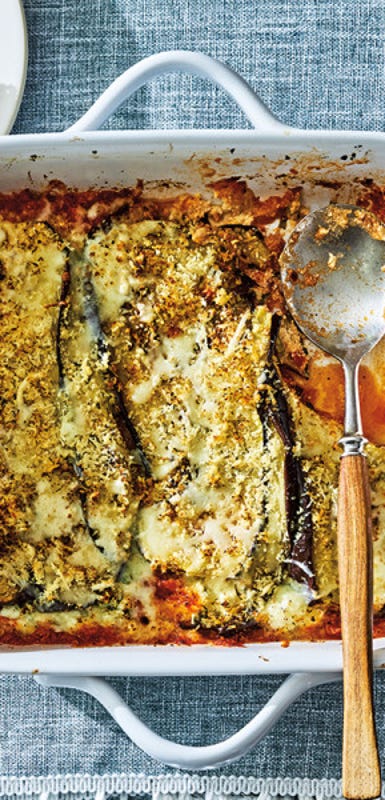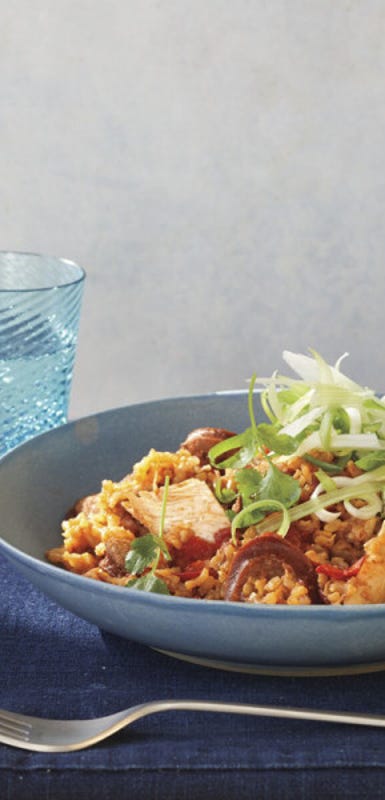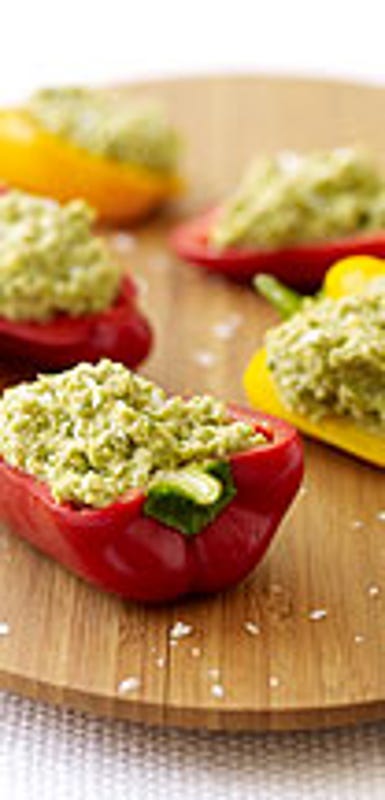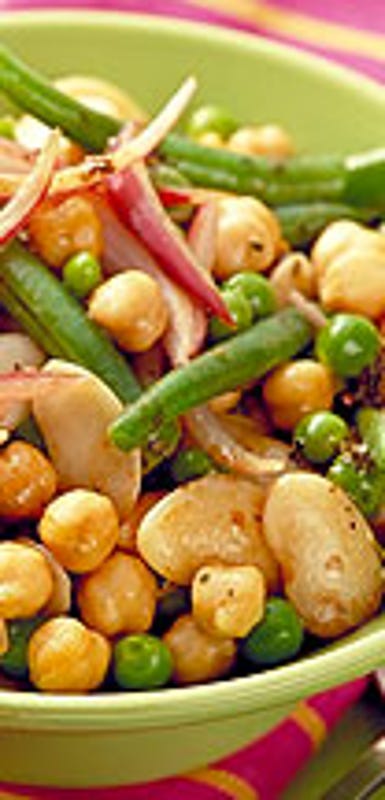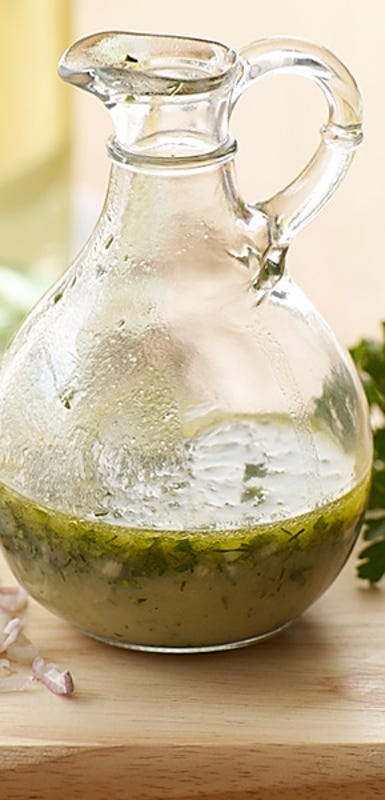How to make your own meal plan


How to make your own meal plan
Are you intrigued by the concept of meal planning but unsure of how to get started? This comprehensive article guides you through the planning stages and offers practical solutions for prep and storage — and it includes an assortment of WW recipes perfectly suited to meal planning.
Think about how to maximize the benefits of meal planning
When you’re laying out the foundation for a meal plan, it’s important to consider your family’s unique dietary needs and habits. Maybe dinner is a relatively stress-free event, but breakfast always feels rushed; or you’re working from home but always forget to eat lunch. These considerations will help streamline recipe selection, speed up the actual food preparation, and reduce food waste.
Begin with a smartly-stocked pantry
The more you meal plan, the more efficient you’ll become when it’s time to shop for ingredients. The contents of your pantry should ideally reflect the types of recipes you regularly make. The following pantry items have a long shelf life and are used in a wide variety of recipes:
- Herbs and spices: salt, pepper, garlic powder, onion powder, Italian seasoning, cumin, curry powder, chili powder, dried chili flakes, and paprika.
- Oils and vinegars: extra virgin olive oil, vegetable oil, sesame oil, rice vinegar, red wine vinegar, apple cider vinegar, and white wine vinegar.
- Prepared sauces: soy sauce, hot sauce, black bean sauce, salsa, chipotle peppers in adobo sauce, ketchup, fish sauce, and Worcestershire sauce.
- Canned goods: beans, lentils, tomatoes (whole, diced, and crushed), evaporated milk, coconut milk, and tuna.
- Grains and noodles: oats, quinoa, barley, rice, pasta, and rice noodles.
- Miscellaneous: stock cubes or concentrate, miso, and dried legumes.
Look for recipes that share the same ingredients
Finding recipes that share common ingredients is one of the best ways to save time when meal planning. An added incentive is the fact that buying ingredients in larger quantities is generally more cost effective.
For example, each of these recipes calls for ground turkey, which means you can cook the turkey in one large pan (or in batches) and then distribute the meat according to the recipe directions. Leftover meat isn’t a problem, simply transfer pre-portioned amounts into resealable bags and freeze for future use.
Recipes featuring: ground turkey
Choose recipes that yield plenty of leftovers
Soup, chili, and casseroles are ideal for meal planning because they typically result in enough leftovers for multiple meals throughout the week. Barring the inclusion of delicate ingredients, hardier leftovers will typically keep for up to 2-3 days in the fridge or they can be wrapped up and frozen for 3-6 months. For more information on food handling and storage please refer to this guide from Health Canada.
These WW-friendly recipes can be made ahead of time and enjoyed throughout the week:
Prepare several individual meal components
If the idea of leftover-based meals doesn’t appeal to you, another option is to make multiple basic meal components which can be assembled in different combinations. Choose at least one source of protein and a filling grain or legume; throw in a handful of fruits or veggies, a healthy condiment or two and you have the basic ingredients for an off-the-cuff salad, sandwich, grain bowl or filling snack.
For inspiration, check out these versatile recipes:
Not all ingredients should be prepped ahead of time
Cooked cruciferous vegetables such as broccoli, cauliflower and Brussels sprouts will develop a funky smell when left in the fridge for several days. If you have leftovers, store them in a tightly sealed container for no more than 24 hours.
Avoid grating cheese more than a day before you plan on using it. Store-bought grated cheese is tossed with chemicals which discourage the growth of mold and prevent the cheese shavings from clumping together.
Crispy chicken or fish skin will never regain its original texture once it has been stored in the fridge. Enjoy these items the day of or, if faced with leftovers, remove the skin and shred the remainder for salad or tacos.

